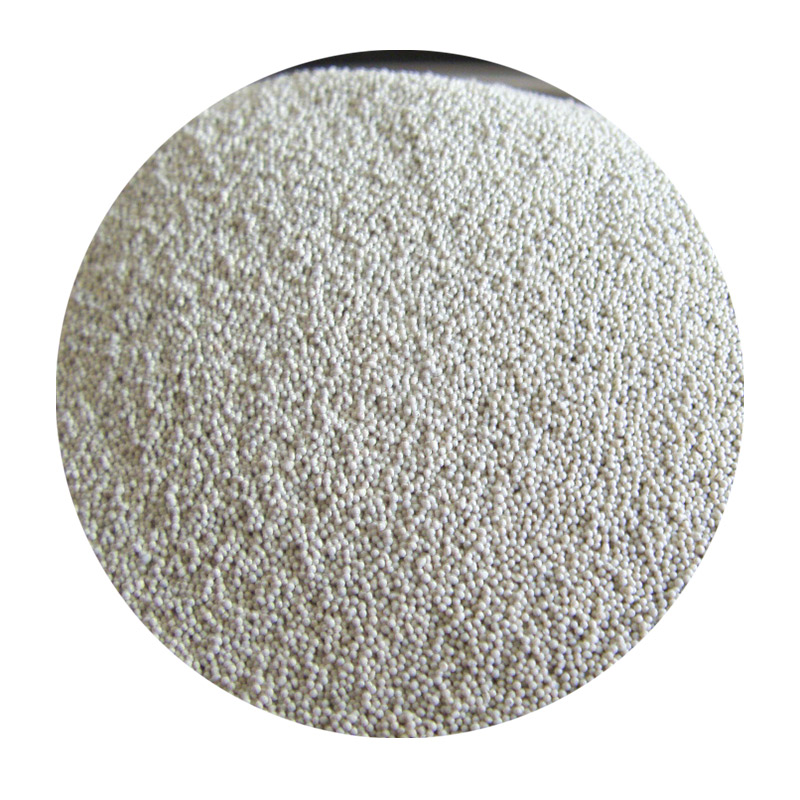 Once the mold is formed, the metal is poured into the cavity, where it cools and solidifies Once the mold is formed, the metal is poured into the cavity, where it cools and solidifies
Once the mold is formed, the metal is poured into the cavity, where it cools and solidifies Once the mold is formed, the metal is poured into the cavity, where it cools and solidifies resin bonded sand casting. After the metal has cooled, the mold can be easily broken apart, revealing the cast component. The resin-bonded sand can often be recycled, contributing to a more sustainable production process.
This casting technique finds extensive application in various industries, including automotive, aerospace, and machinery manufacturing. It is particularly useful for producing small to medium-sized batches of components, as it allows for cost-effective production without compromising on quality.
However, resin bonded sand casting also presents some challenges. The use of resins adds an extra cost compared to traditional sand casting, and the process requires careful control of temperature and timing to ensure proper curing of the resin. Additionally, the release of volatile organic compounds during resin curing necessitates proper ventilation and safety measures.
In conclusion, resin bonded sand casting is a sophisticated and versatile casting method that harnesses the strength of resins to enhance the precision and efficiency of sand casting. Despite the additional costs and complexities involved, its benefits in terms of surface finish, dimensional accuracy, and productivity make it a preferred choice for many manufacturers worldwide. As technology continues to advance, we can expect further improvements in resin bonded sand casting, making it even more efficient and eco-friendly.
Post time:Jun . 27, 2024 00:46
resin bonded sand casting. After the metal has cooled, the mold can be easily broken apart, revealing the cast component. The resin-bonded sand can often be recycled, contributing to a more sustainable production process.
This casting technique finds extensive application in various industries, including automotive, aerospace, and machinery manufacturing. It is particularly useful for producing small to medium-sized batches of components, as it allows for cost-effective production without compromising on quality.
However, resin bonded sand casting also presents some challenges. The use of resins adds an extra cost compared to traditional sand casting, and the process requires careful control of temperature and timing to ensure proper curing of the resin. Additionally, the release of volatile organic compounds during resin curing necessitates proper ventilation and safety measures.
In conclusion, resin bonded sand casting is a sophisticated and versatile casting method that harnesses the strength of resins to enhance the precision and efficiency of sand casting. Despite the additional costs and complexities involved, its benefits in terms of surface finish, dimensional accuracy, and productivity make it a preferred choice for many manufacturers worldwide. As technology continues to advance, we can expect further improvements in resin bonded sand casting, making it even more efficient and eco-friendly.
Post time:Jun . 27, 2024 00:46
Next:Exploring the Various Types of Foundry Sands in Metal Casting
